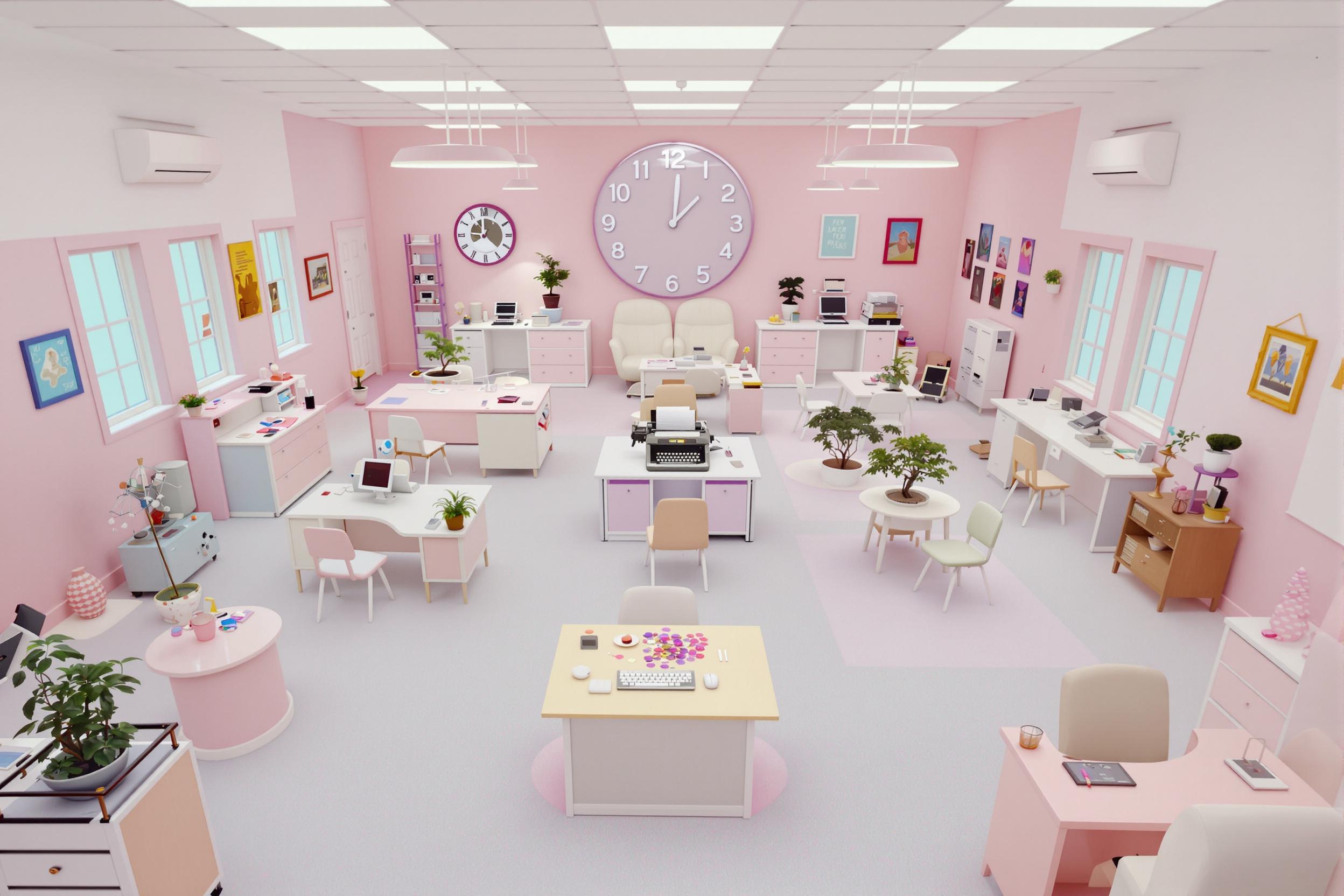
Documentation Photography
Documentation Photography is a specialized way of taking pictures that creates a detailed visual record of artwork, artifacts, or historical objects. It's different from regular photography because it focuses on capturing exact details, conditions, and changes in cultural heritage items. Think of it as creating a visual medical record for artwork - photographers take precise photos before, during, and after restoration work. These images help conservators track changes, plan treatments, and keep records of how items look over time. Similar terms you might see include "conservation photography," "technical photography," or "cultural heritage photography."
Examples in Resumes
Created detailed Documentation Photography records for 17th-century paintings before restoration
Managed Conservation Photography projects for museum collection of ancient ceramics
Utilized Documentation Photography and Technical Photography to track restoration progress on historical textiles
Typical job title: "Documentation Photographers"
Also try searching for:
Where to Find Documentation Photographers
Professional Organizations
Job Boards
Professional Networks
Example Interview Questions
Senior Level Questions
Q: How do you approach photographing different types of materials and surfaces in cultural heritage objects?
Expected Answer: A senior photographer should discuss adapting techniques for different materials (metals, paintings, textiles), managing reflective surfaces, and choosing appropriate lighting for various object types. They should mention experience with specialized photography methods and equipment.
Q: How do you maintain consistency in documentation across large collections?
Expected Answer: Should explain creating standardized procedures, managing image filing systems, establishing naming conventions, and training others on documentation protocols. Should discuss quality control measures and long-term preservation strategies.
Mid Level Questions
Q: What information do you include in conservation documentation photos?
Expected Answer: Should mention including color charts, scale rulers, object identification, date markers, and capturing multiple angles. Should discuss proper labeling and organizing of images for conservation records.
Q: How do you ensure accurate color representation in your documentation photos?
Expected Answer: Should explain use of color calibration tools, proper lighting setup, white balance procedures, and maintaining consistent conditions for repeated documentation of the same object.
Junior Level Questions
Q: What basic equipment do you need for documentation photography?
Expected Answer: Should list essential equipment like DSLR camera, tripod, lighting, color charts, and scale rulers. Should demonstrate understanding of basic camera settings for clear, detailed images.
Q: Why is documentation photography important in art conservation?
Expected Answer: Should explain how photos help track object condition, guide treatment decisions, and create permanent records. Should understand the role of photography in conservation workflow.
Experience Level Indicators
Junior (0-2 years)
- Basic camera operation and lighting setup
- Understanding of image file management
- Knowledge of basic conservation terminology
- Ability to follow documentation protocols
Mid (2-5 years)
- Advanced lighting techniques
- Experience with various object types
- Digital image processing
- Understanding of conservation practices
Senior (5+ years)
- Project management
- Training and supervision of others
- Development of documentation standards
- Specialized photography techniques
Red Flags to Watch For
- No experience with cultural heritage objects
- Lack of understanding about conservation needs
- Poor attention to detail in documentation
- No knowledge of proper handling procedures for artifacts
Related Terms
Need more hiring wisdom? Check these out...

Step Into Our World: How Pre-Recorded Virtual Workplace Tours Are Changing The Recruitment Game

Redefining Team Collaboration in a Digital Workspace

From Ghost Town to Talent Hub: Transforming Your Careers Blog into a Talent Magnet

